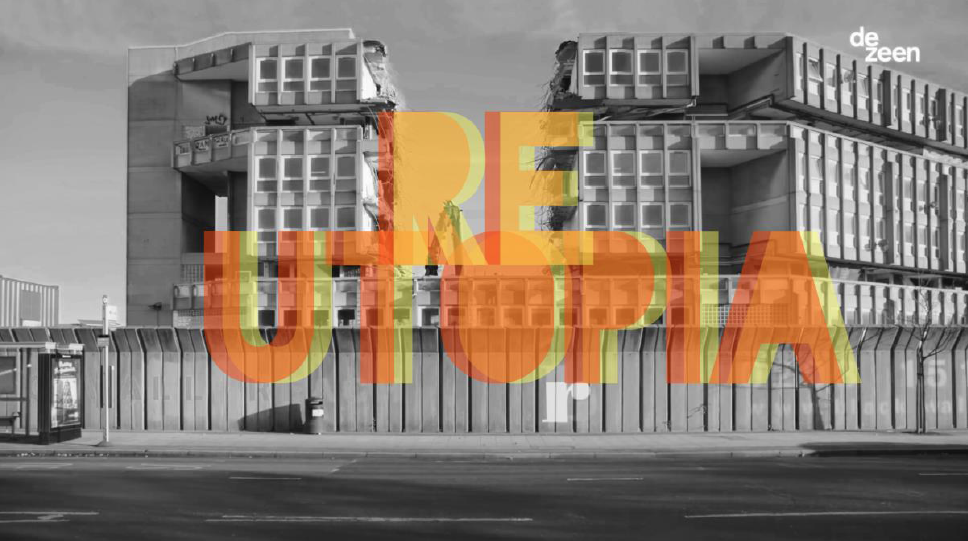

Unit PG13 is interested in how we inhabit our cities. The places we live in, socialise, engage with others, building a community are immensely important for the functioning in our post-Covid 19 world.
At times of great uncertainty, we strive to find a way out of the misery by projecting our dreams onto a better place – our own personal Utopia. Architects dream, they speculate on what ‘could be’ real, they dream of spatial manifestations of sometimes real-life problems. Most work produced is speculative, and although some are rooted in real-life situations it is not real, it doesn’t have a client, it will not be built. Yet these speculations, these speculative architectures are incredibly important to bring about change, to test out new innovative ideas.
As an architect, you (usually) strive of building a better world. This spirit created some iconic housing developments on the 20th century in London– Alexandra Road and the Dunboyne Estate by Neave Brown, Robin Hood Gardens by the Alison and Peter Smithson, Trellick Tower by Erno Goldfinger to name a few. Sadly, other attempts to solve problems with a building have failed and created far bigger problems than the issues they were actually attempting to address. Modernism was seen as a brave new world for a modern forward-looking society. For many these utopian ideas have turned into dystopian nightmares of the inner-city housing estate. Yet some examples stood the test of time, they developed into living thriving communities.
This year Unit PG13 and the Bartlett Living Laboratory has been revisiting a range of urban and rural living concepts. We started the year with a real competition to RE-STOCK the depleting London housing stock. Students were asked to analyse and decode an existing example and develop a new model paradigm – echoing the shifts in society, culture, community and environment.
The ideas identified in the competition formed a seed to explore inhabitation in London further. The new/old paradigms were used to invent a substantial spatial construct set within a real social/urban/rural context. Our students in Unit PG13 tackled inhabitation in London on various scales. The project ranged from extending the Alexandra Road estate, completing Goldfinger’s Trellick Tower ensemble with a self-built high riser, translating the ideas of the Bata Estate in Tilbury into a 21st Century independent community in the flood plains, rethinking Kilburn High Street into a slow street, to a post EU-topia proposal for the borderlands of Luxembourg.
In Unit 13 would like to embark on a journey of speculation. We would like to dream up our own Utopia. Harnessing the optimism embedded in the ideas and bringing them into actually inhabitable spaces. Strictly speaking, your utopia will not be a utopia at all, it will have a ‘place’.
We would like to thank Samson Adjei, Barbara Campbell Lange, Alice Hardy, Sara Martinez, Rae Whittow Williams, Paolo Zaide for their support.
DR tutor Rae Whittow-Williams
Technical consultant Toby Ronalds, EOC Engineers